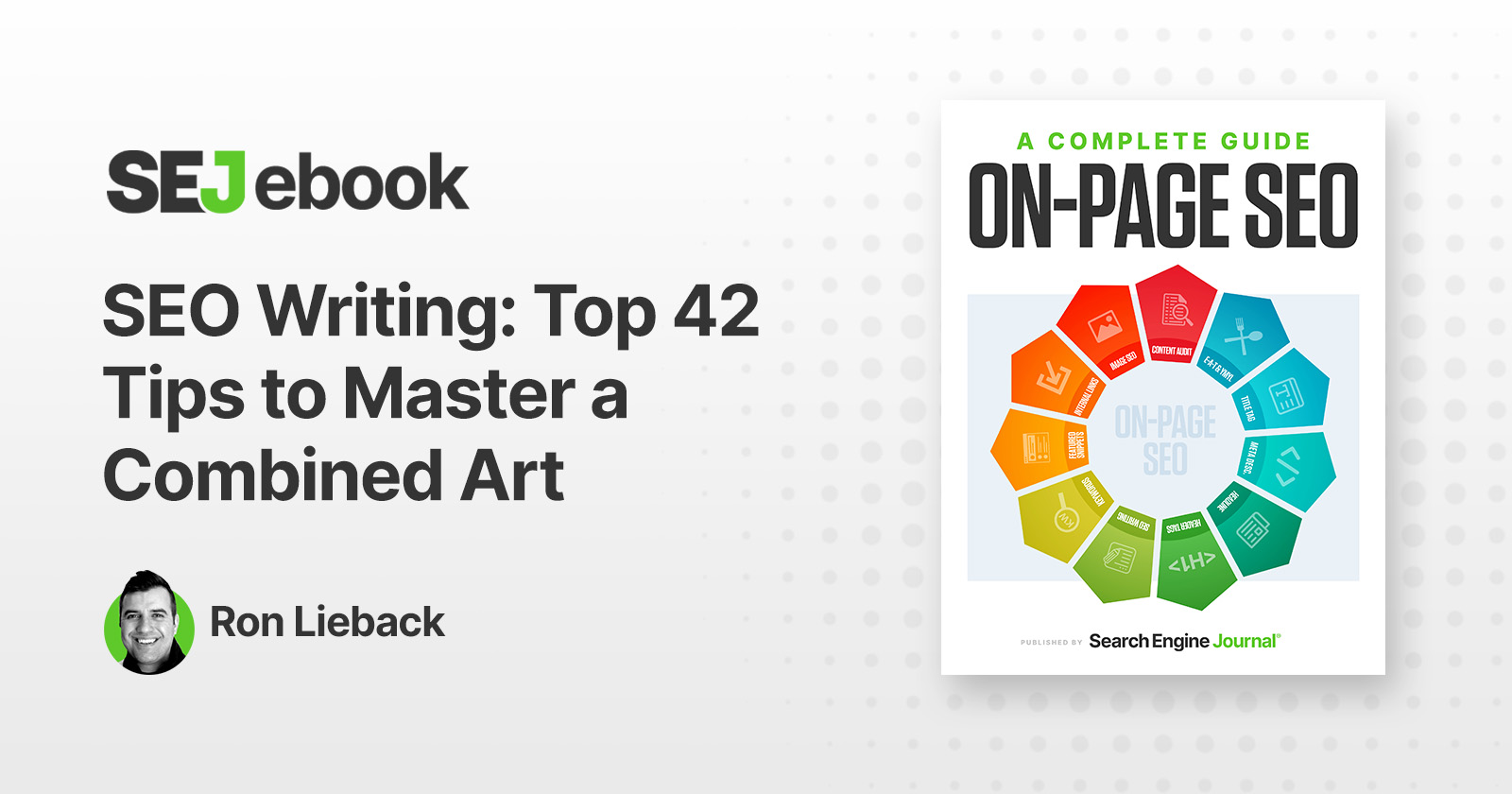The Ultimate Guide to Blog Post Writing for SEO Success
The Importance of Keyword Research
As a blogger, one of the most important things that you can do for your website’s SEO success is to conduct proper keyword research. Keyword research involves identifying the search terms and phrases that your target audience is using when looking for information about your niche. By incorporating these keywords into your blog posts, you increase your chances of ranking higher in search engine results pages (SERPs) and attracting more traffic to your site.
Here are the steps to follow for effective keyword research:
1. Start with a seed keyword – This is a basic search term that describes your niche. For example, if your blog is about vegan recipes, your seed keyword could be “vegan food.”
2. Use keyword research tools – There are many free and paid keyword research tools available online that can help you expand on your seed keyword and find related long-tail keywords. Some popular options include Google Keyword Planner, SEMrush, and Ahrefs.
3. Analyze keyword metrics – When conducting keyword research, it’s essential to look at metrics such as search volume, competition, and relevance. Ideally, you want to target keywords that have a high search volume, low competition, and are relevant to your blog niche.
4. Create a keyword list – Once you’ve identified your target keywords, create a list of them to use in your blog post titles, meta descriptions, and throughout your content.
By incorporating targeted keywords into your blog posts, you increase your chances of ranking higher in SERPs, attracting more traffic to your site, and ultimately earning more money through your blog. However, it’s important to use keywords naturally and not to overstuff them into your content, as this can actually harm your SEO efforts.
In conclusion, keyword research is an essential step in creating successful blog posts for SEO. By following the steps outlined above and incorporating targeted keywords into your content, you can improve your website’s search engine rankings and attract more organic traffic to your site.
Creating Attention-Grabbing Headlines
As a blogger, your headline is the first thing that your audience sees when they come across your blog post. A great headline can make all the difference in whether or not someone clicks through to read your content. Here are some tips for creating attention-grabbing headlines that will help you to increase your click-through rates and attract more traffic to your blog:
1. Keep it short and sweet – A headline should be concise and to the point. Aim for no more than 60 characters to ensure that your headline doesn’t get cut off in search engine results pages.
2. Use numbers and statistics – Headlines that include numbers and statistics have been shown to perform better than those that don’t. For example, “10 ways to save money on groceries” is more likely to catch someone’s attention than “Ways to save money on groceries.”
3. Use power words – Certain words are more effective at capturing attention than others. Examples of power words include “amazing,” “proven,” “ultimate,” and “essential.” Incorporate these types of words into your headlines to make them more compelling.
4. Create urgency – Headlines that create a sense of urgency or FOMO (fear of missing out) can be very effective. For example, “Limited time offer: Save 50% on our online course” creates a sense of urgency and encourages readers to take action.
5. Make a promise – Headlines that promise to solve a problem or provide valuable information are more likely to attract clicks. For example, “How to get more traffic to your blog in 30 days” promises to provide a solution to a common problem faced by bloggers.
By following these tips, you can create attention-grabbing headlines that will help you to increase your click-through rates and attract more traffic to your blog. However, it’s important to remember that your headline should accurately reflect the content of your blog post. Don’t use clickbait tactics or mislead your audience, as this can harm your reputation and credibility.
In conclusion, creating attention-grabbing headlines is an important part of writing successful blog posts for SEO. By incorporating these tips into your headline writing process, you can increase your click-through rates, attract more traffic to your site, and ultimately earn more money through your blog.
Writing Engaging and Valuable Content
Now that you’ve conducted proper keyword research and created an attention-grabbing headline, it’s time to focus on the content of your blog post. Writing engaging and valuable content is crucial for SEO success, as it not only attracts readers but also encourages them to stay on your site longer and share your content with others. Here are some tips for writing engaging and valuable content for your blog:
1. Understand your audience – Before you start writing, it’s important to understand who your target audience is and what they’re looking for. Think about their pain points, questions, and interests, and create content that addresses these needs.
2. Break up your content – Large blocks of text can be intimidating and difficult to read. Break up your content into shorter paragraphs, use subheadings, and incorporate bullet points and numbered lists to make your content more visually appealing and easier to digest.
3. Use storytelling – People love stories, and incorporating storytelling into your blog post can make it more engaging and memorable. Use personal anecdotes, case studies, or real-life examples to illustrate your points and connect with your audience.
4. Provide value – Your content should provide value to your readers. Offer useful tips, insights, or actionable advice that your readers can apply to their own lives or businesses. This will not only make your content more valuable but also increase the likelihood that your readers will share it with others.
5. Use visuals – Visuals such as images, infographics, and videos can make your content more engaging and shareable. Use high-quality visuals that are relevant to your content and help to illustrate your points.
Remember, the goal of your blog post is to provide value to your readers and encourage them to stay on your site longer. By following these tips, you can create engaging and valuable content that not only attracts readers but also encourages them to share your content with others.
In conclusion, writing engaging and valuable content is an important part of creating successful blog posts for SEO. By understanding your audience, breaking up your content, using storytelling, providing value, and incorporating visuals, you can create content that attracts readers, keeps them on your site longer, and ultimately helps you to earn more money through your blog.
Optimizing Meta Descriptions and Tags
When it comes to SEO, meta descriptions and tags are essential components that shouldn’t be overlooked. Meta descriptions are the short snippets of text that appear below the headline in search engine results pages, while meta tags are HTML tags that provide information about a web page’s content. Here are some tips for optimizing your meta descriptions and tags for SEO success:
1. Keep your meta descriptions short and sweet – Meta descriptions should be no longer than 155 characters to ensure that they aren’t cut off in search engine results pages. Use compelling language that entices readers to click through to your blog post.
2. Use your target keyword – Incorporate your target keyword into your meta description to make it more relevant to search engine crawlers. This can help to improve your search engine rankings and attract more organic traffic to your site.
3. Use action-oriented language – Use action-oriented language in your meta description to encourage readers to take action. For example, “Learn how to improve your SEO with our free guide” is more likely to attract clicks than “SEO guide.”
4. Use unique meta descriptions for each page – Each page on your website should have a unique meta description that accurately reflects the content of the page. This can help to improve your search engine rankings and avoid duplicate content issues.
5. Use relevant meta tags – Use relevant meta tags to provide search engine crawlers with information about your blog post’s content. This can include tags such as “title,” “description,” and “keywords.”
6. Don’t overuse meta tags – It’s important not to overuse meta tags, as this can harm your SEO efforts. Stick to relevant tags that accurately reflect the content of your blog post.
By optimizing your meta descriptions and tags, you can improve your search engine rankings and attract more organic traffic to your site. Remember to keep your descriptions short and sweet, use action-oriented language, and incorporate your target keyword for best results.
In conclusion, optimizing your meta descriptions and tags is an important part of creating successful blog posts for SEO. By following these tips, you can improve your search engine rankings, attract more organic traffic to your site, and ultimately earn more money through your blog.
Incorporating Internal and External Links
Incorporating internal and external links into your blog posts is an important part of SEO. Internal links are links that point to other pages on your website, while external links are links that point to other websites. Here are some tips for incorporating internal and external links into your blog posts for SEO success:
1. Use relevant anchor text – Anchor text is the visible text that appears in a hyperlink. Use relevant anchor text that accurately reflects the content of the page you’re linking to. This can help to improve your search engine rankings and provide a better user experience for your readers.
2. Use internal links to improve site structure – Internal links can help to improve the structure of your website and make it easier for search engine crawlers to understand the relationship between your pages. Use internal links to point to related content on your site and create a logical hierarchy of pages.
3. Use external links to provide value – External links can provide value to your readers by pointing them to other high-quality websites with relevant information. Use external links sparingly and only link to high-quality websites that are relevant to your content.
4. Use a mix of dofollow and nofollow links – Dofollow links pass link juice from one website to another, while nofollow links do not. Use a mix of dofollow and nofollow links in your blog posts to provide a natural link profile and avoid penalties from search engines.
5. Avoid broken links – Broken links can harm your SEO efforts and provide a poor user experience for your readers. Regularly check your website for broken links and fix them as soon as possible.
By incorporating internal and external links into your blog posts, you can improve your search engine rankings, provide value to your readers, and create a better user experience on your website.
In conclusion, incorporating internal and external links into your blog posts is an important part of SEO. By using relevant anchor text, using internal links to improve site structure, using external links to provide value, using a mix of dofollow and nofollow links, and avoiding broken links, you can create high-quality blog posts that attract readers and improve your search engine rankings.
Promoting and Sharing Your Blog Posts
After creating high-quality content for your blog, it’s important to promote and share your blog posts to attract more readers and increase engagement. Here are some tips for promoting and sharing your blog posts effectively:
1. Share on social media – Social media platforms such as Facebook, Twitter, and Pinterest can be powerful tools for promoting your blog posts. Share your blog post on your social media channels and encourage your followers to share it with their networks.
2. Use email marketing – Email marketing is a great way to promote your blog posts to your email subscribers. Create a newsletter that highlights your recent blog posts and encourages readers to visit your site.
3. Utilize influencer marketing – Collaborate with influencers in your niche to promote your blog posts. Reach out to influencers in your niche and offer to guest post on their site or collaborate on a social media campaign.
4. Participate in online communities – Participate in online communities such as forums, Reddit, and LinkedIn groups to promote your blog posts and engage with potential readers. Share your blog post and offer valuable insights to the community.
5. Use paid advertising – Paid advertising can be an effective way to promote your blog posts and attract more readers. Use platforms such as Google AdWords or Facebook Ads to target your audience and drive traffic to your site.
By promoting and sharing your blog posts effectively, you can attract more readers, increase engagement, and ultimately earn more money through your blog. Remember to use a mix of promotional tactics and to always provide value to your readers.
In conclusion, promoting and sharing your blog posts is an essential part of creating successful blog posts for SEO. By using social media, email marketing, influencer marketing, participating in online communities, and using paid advertising, you can reach a wider audience and increase engagement on your site.














 Over 10 years of experience in managing all size of tech projects.
Over 10 years of experience in managing all size of tech projects.